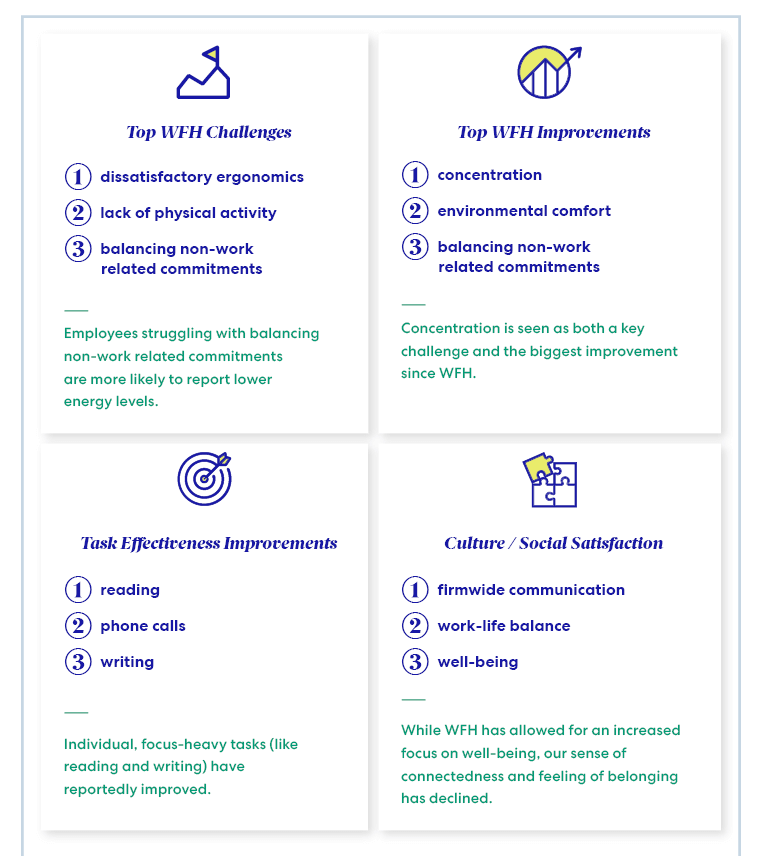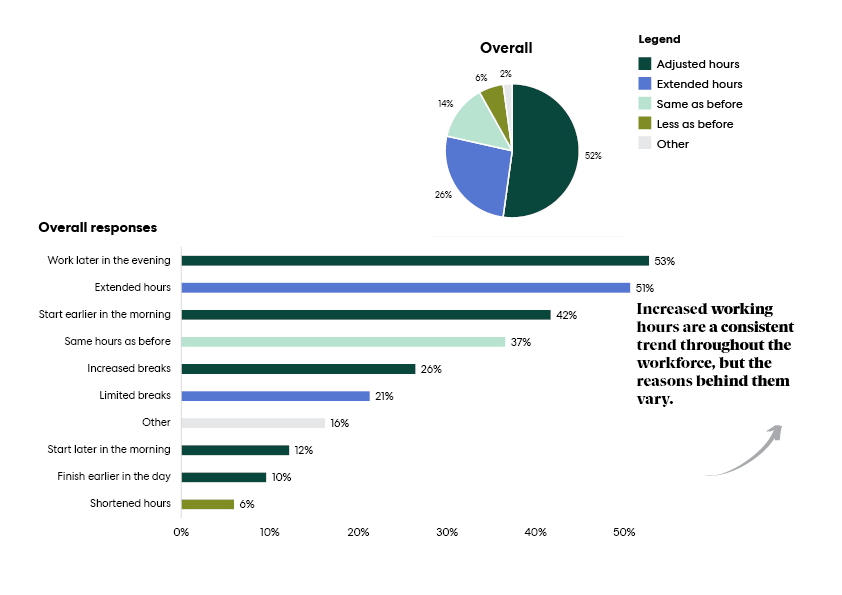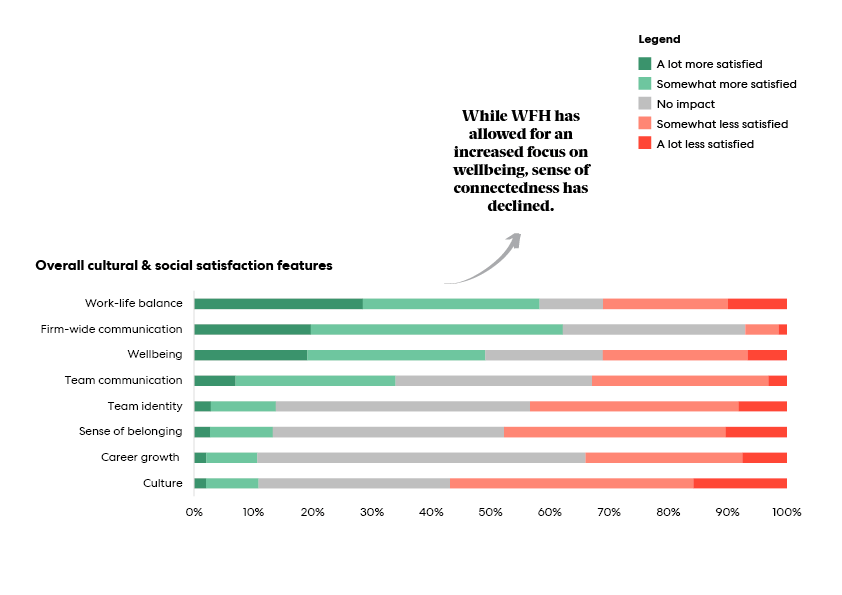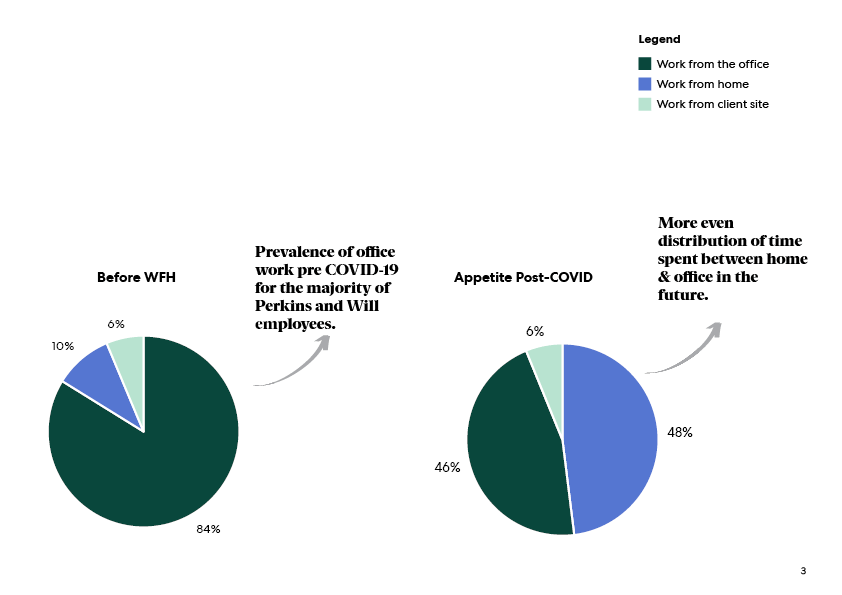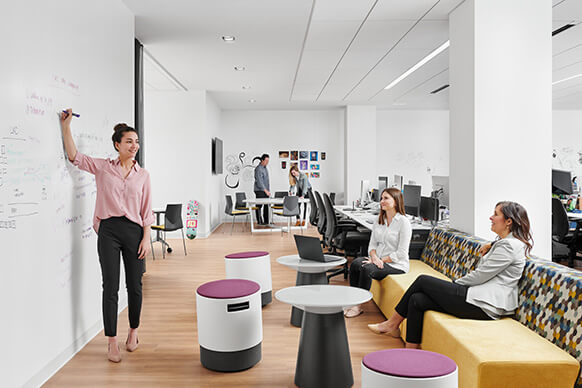An opportunity for insight
Nearly eight months after shifting to WFH, after innumerable video calls at home in our bedroom slippers, it’s almost hard to recall our former work lives: chatting with coworkers in line for coffee, meetings both planned and spontaneous, the continual office buzz—a drum beat of calls and collaboration afoot.
COVID-19 has changed more than where we meet people or what we wear to meetings. Societal shifts, from additional caretaking responsibilities, to mental health epidemics, and home working fatigue, have all added significant complexity to our workdays.

